
Are you ready to embark on a thrilling adventure into the wintry world of wildlife?
Join us as we explore the best spots for families to witness nature’s wonders up close.
From national parks teeming with majestic creatures to tranquil coastal areas where marine life thrives, there are endless opportunities to connect with the natural world this winter.
Strap on your boots, grab your binoculars, and let’s journey together in search of awe-inspiring animals in their snowy habitats.
Key Takeaways
- Arctic tundra in polar regions, such as Denali National Park and Wapusk National Park, are prime spots for winter wildlife watching, including polar bears, arctic foxes, and reindeer.
- National parks, black bear refuges, wetland sanctuaries, and bird reserves offer awe-inspiring backdrops for wildlife encounters and contribute to global bird populations.
- Coastal areas are vital ecosystems that support a diverse range of wildlife, both above and below the water’s surface, and responsible seashell collecting is important for maintaining biodiversity.
- Forests and woodlands provide breathtaking fall foliage, nature trails, and habitats for migration, mushrooms, and wildflowers, and sustainable forestry practices protect invaluable habitats.
- Lakes and rivers are essential habitats for diverse wildlife, offer recreational activities like ice fishing and bird watching, and require conservation efforts to preserve their habitats.
- Mountain ranges provide habitats for diverse wildlife, act as natural water towers, offer winter sports opportunities, and preserving their ecosystems ensures future generations can enjoy their beauty.
National Parks
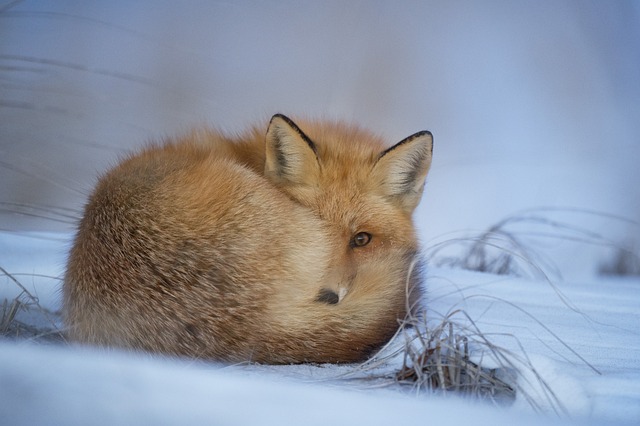
National parks offer great opportunities for families to observe winter wildlife in their natural habitats. One of the best spots to witness this is in the Arctic tundra, found in polar regions around the world. These vast expanses of frozen land are home to a diverse range of animals, adapted to survive in extreme conditions.
In national parks such as Denali National Park in Alaska or Wapusk National Park in Canada, families can catch glimpses of majestic creatures like polar bears, arctic foxes, and reindeer. The stark beauty of the tundra provides an awe-inspiring backdrop for these encounters.
Winter wildlife watching in national parks not only allows families to witness these incredible creatures up close but also raises awareness about conservation efforts. By experiencing firsthand how animals thrive in their natural environment, we are reminded of our responsibility to protect and preserve these fragile ecosystems.
Wildlife Refuges
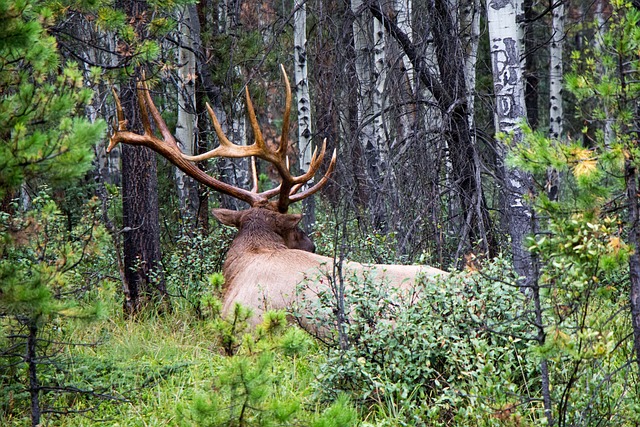
One of the most popular wildlife refuges for families is the Black Bear Refuge. Located in a pristine natural setting, this refuge offers a unique opportunity to observe and learn about various species in their native habitat.
As advocates for conservation, we believe that wetland sanctuaries and bird reserves play a crucial role in preserving biodiversity and promoting environmental awareness.
Wetland sanctuaries are vital ecosystems that provide habitat for numerous plant and animal species. They act as natural filters, purifying water and reducing the impact of floods. These wetlands offer a haven for migratory birds, providing them with food sources and nesting grounds during their long journeys.
Bird reserves are another important component of wildlife refuges. These protected areas serve as breeding grounds for diverse avian species, ensuring their survival and contributing to global bird populations. By creating safe spaces for these creatures, we contribute to the overall health of ecosystems and support nature’s delicate balance.
Visiting these wildlife refuges not only allows us to witness incredible displays of nature but also instills in us a sense of responsibility towards our environment. It reminds us that freedom lies in preserving the rich tapestry of life that exists within these sanctuaries – an essential goal indeed!
Coastal Areas
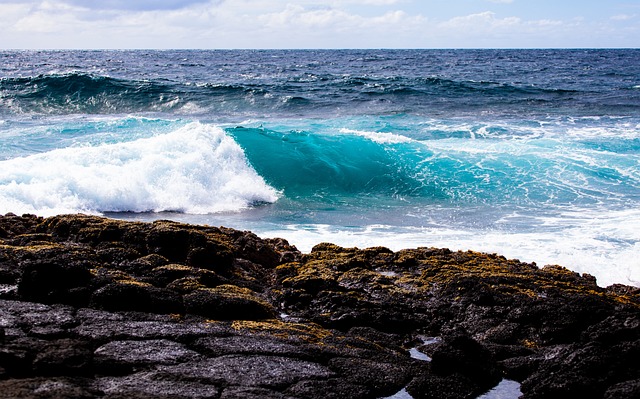
The beach is always a popular destination for vacationers during the summer months. It offers endless opportunities for fun and relaxation, but it also serves as an important ecosystem that supports a diverse range of wildlife. Coastal areas are teeming with life, both above and below the water’s surface.
As we embark on our beachcombing adventures, it’s essential to keep in mind the importance of conservation and responsible seashell collecting. When collecting seashells, be sure to only take those that are empty or no longer occupied by organisms. These shells provide valuable habitat for other creatures and play a crucial role in maintaining biodiversity.
Forests and Woodlands
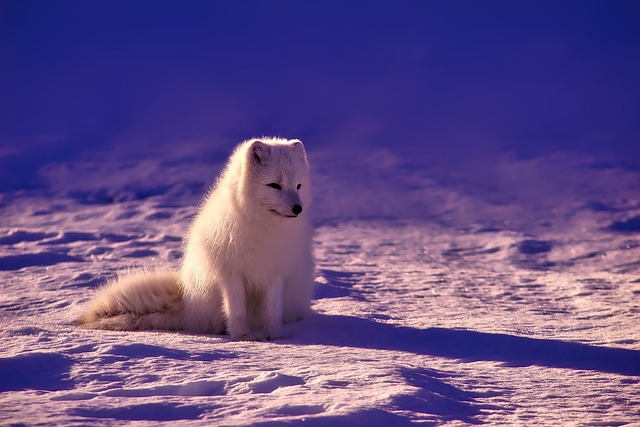
As you wander through the lush forest, take a moment to appreciate the vibrant colors and soothing sounds of nature. The fall foliage is a breathtaking sight, with leaves turning brilliant shades of red, orange, and yellow. Nature trails wind through these woodlands, offering an opportunity to immerse yourself in the beauty around you.
Here are some reasons why exploring forests and woodlands is a must:
- Breathe in the crisp autumn air as you hike along peaceful trails.
- Witness the wonders of migration as birds fly overhead on their journey south.
- Discover hidden treasures like mushrooms and wildflowers that thrive in this ecosystem.
- Learn about sustainable forestry practices that protect these invaluable habitats.
Lakes and Rivers
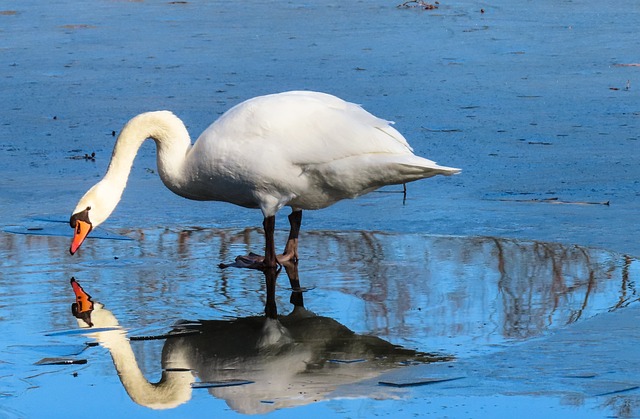
Immerse yourself in the tranquil beauty of lakes and rivers as you paddle along the peaceful waters, feeling a sense of serenity wash over you. Lakes and rivers are not only sources of recreation but also provide essential habitats for diverse wildlife.
In winter, these water bodies offer unique opportunities for activities like ice fishing and bird watching.
Ice fishing is a popular pastime during winter months, where enthusiasts drill holes into frozen lakes to catch fish below the surface. This activity requires caution and knowledge of ice thickness to ensure safety.
Bird watching is another delightful activity that can be enjoyed by families on the shores of lakes and rivers. Many species of waterfowl migrate south during winter, making it an ideal time to spot them in their natural habitat.
Mountain Ranges
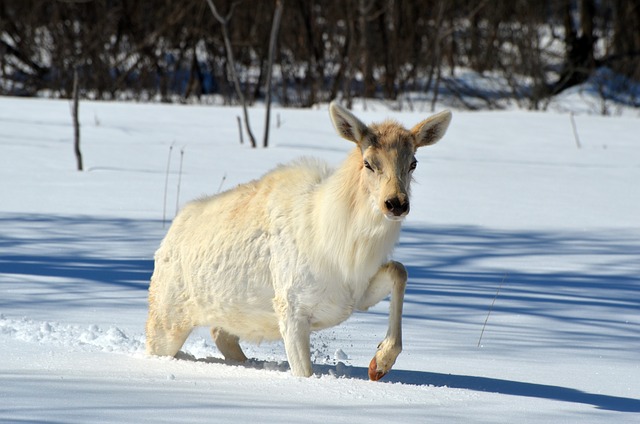
Get ready to experience the breathtaking beauty of mountain ranges as you hike through rugged trails, feeling a sense of awe and adventure. Mountain ranges are not only stunning but also play a vital role in our planet’s ecosystems. Here are some fascinating facts about these majestic landscapes:
- Mountain ranges provide habitats for diverse wildlife, including elusive species like snow leopards and golden eagles.
- They act as natural water towers, supplying freshwater to rivers that sustain countless communities downstream.
- Ski resorts nestled in these mountains offer thrilling winter sports opportunities while raising awareness about environmental conservation.
- Alpine ecosystems found in mountain regions are home to unique plant species adapted to survive harsh conditions.
As we explore the wonders of mountain ranges, let’s remember the importance of preserving their delicate ecosystems for future generations. By supporting sustainable practices and responsible tourism, we can ensure the freedom to enjoy these awe-inspiring landscapes for years to come.
Conclusion
In conclusion, winter wildlife watching is not only an educational experience but also a chance for families to bond with nature. By exploring national parks, wildlife refuges, coastal areas, forests and woodlands, lakes and rivers, and mountain ranges, we can witness the beauty of diverse ecosystems while promoting conservation efforts.
So let’s grab our binoculars and embark on a journey that will leave us in awe of the wonders that exist beyond our own backyards. After all, nature’s symphony awaits us with open arms, eager to enchant us with its harmonious melodies.
